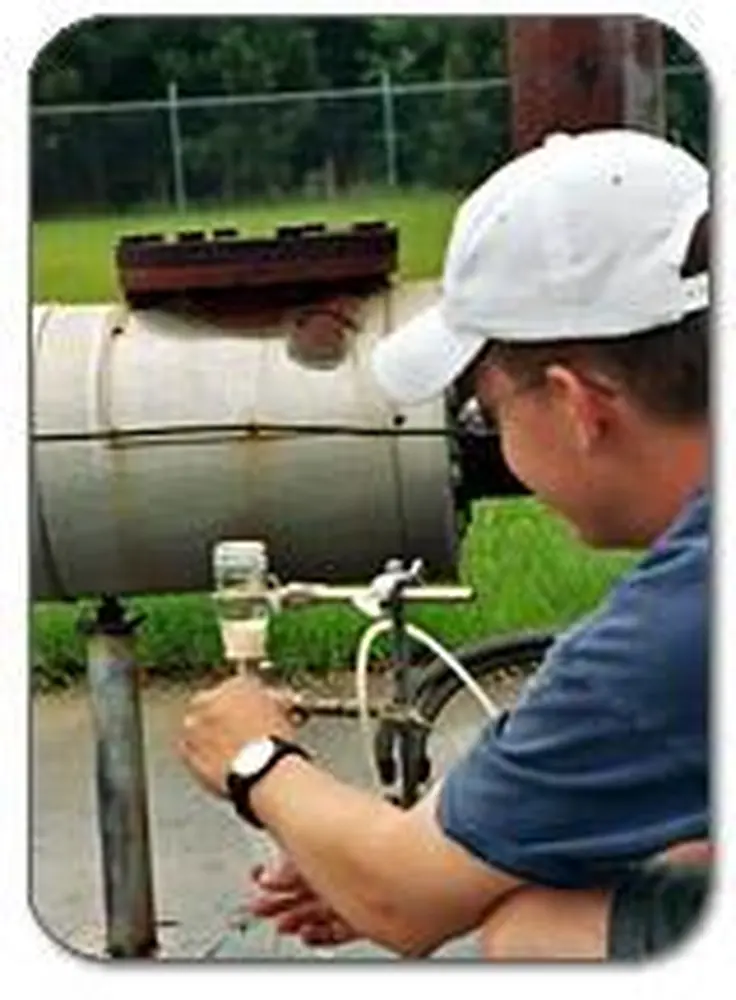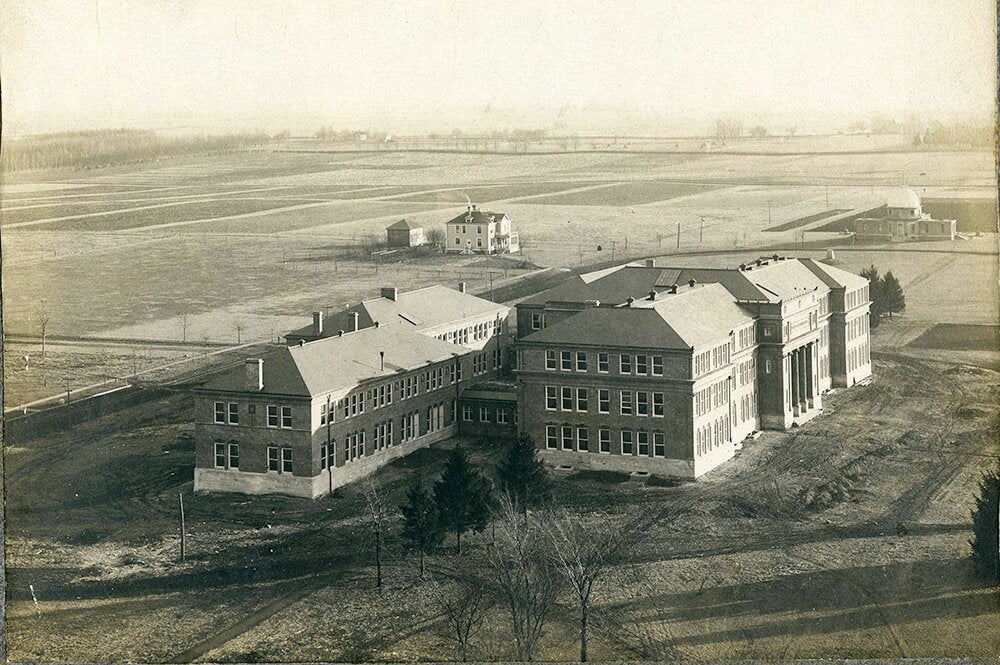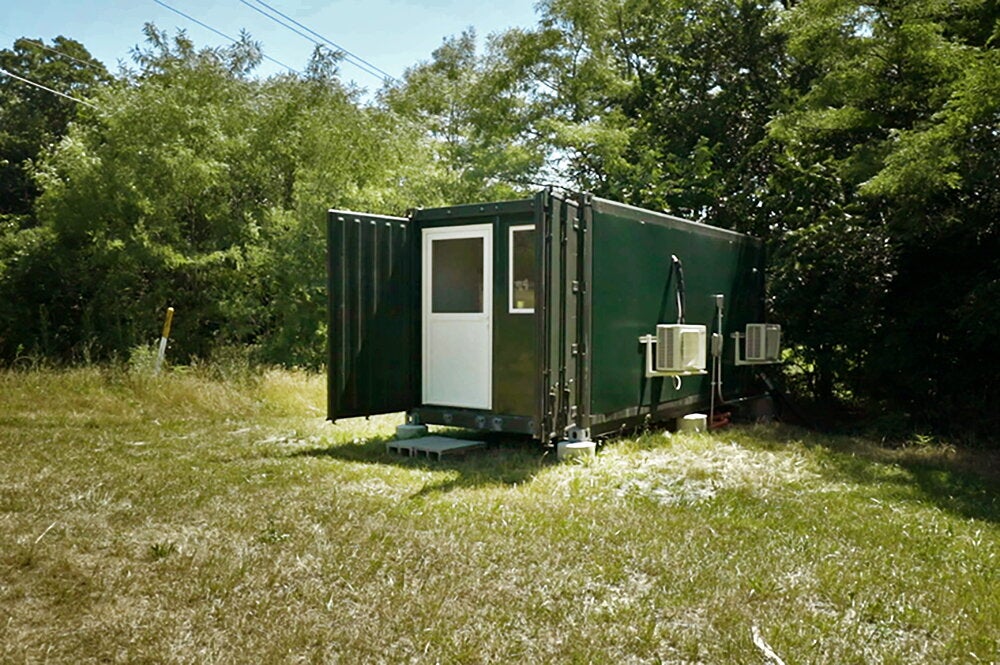

Sulfate-reducing bacteria may be the answer to detecting and reducing hazardous levels of arsenic in groundwater, according to researchers in the Department of Geology.
"The threat extends to central Illinois, where there are very high levels of arsenic contamination in a number of wells," says Craig Bethke, professor of geology. Chronic exposure to arsenic is linked to serious medical conditions, including hypertension, cardiovascular disease, and various cancers.
Researchers analyzed water from 21 wells at various depths in the Mahomet Aquifer, a regional water supply for central Illinois.
They discovered that the concentration of arsenic in each well varied inversely with the concentration of sulfate. "We believe this reflects the distribution of microbial populations in the aquifer system," says geology graduate student Matthew Kirk. Sulfate-reducing bacteria will consume sulfate and reduce it into sulfide. The sulfide then reacts to precipitate arsenic, leaving little in solution.
Bethke says sulfate can also be a valuable ally in detecting arsenic in wells. "Unlike detecting the presence of arsenic-which generally requires a sensitive laboratory analysis-testing for sulfate is simple and straightforward. If all waters containing sulfate are safe, as in our dataset, then measuring sulfate level would be an easy but reliable field test to identify safe drinking water from unsafe."
In addition to Bethke and Kirk, the team included U of I geology professor BruceFouke, research scientist Robert Sanford, graduate students Jungho Park and GushengJin, and Illinois State Water Survey projectscientist Thomas Holm. The U.S. Department of Energy funded the work.


